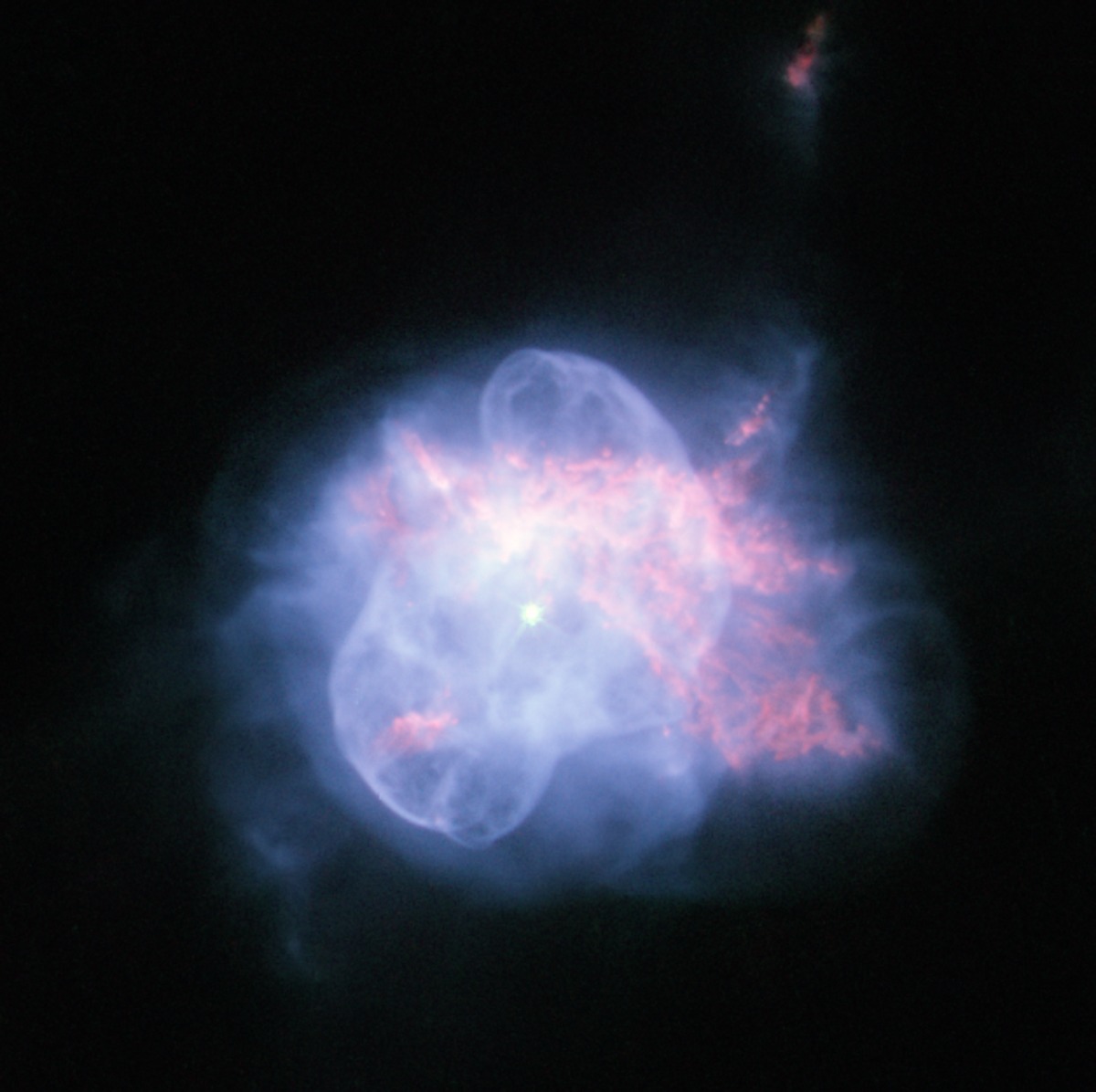STARLOG
A RELAXING NIGHT WITH THE STRONG MAN
JUNE 9, 2018
Telescope: Zhumell Z12 Dobsonian (Zoomie)
Eyepieces: 18mm 82° (84X), 11mm 82° (138X)
Lenses: Celestron 2.5X barlow
Temperature: 78°F
Seeing: 1.6"
Transparency: 0.2 mag/airmass
Light Pollution: Bortle 5.1
The high thin clouds that were present all day began to dissipate as evening approached. Around sunset, I set up Zoomie in the backyard to cool down and went inside to print out an observing list.
I've been working on an article for the next astronomy club newsletter and its focus is on Hercules. I thought it would be fun to poke around in the constellation and see which objects were worth adding to the article.
But first, while waiting for dark, I couldn't resist the temptation to play around with my camera on Jupiter. It was high in the sky and begging for attention. I immediately noticed that seeing was going to be a problem again tonight. I cranked
up the magnification to try to get a detailed video of the giant planet and was met with a boiling round blob. Although there was barely a breeze at ground level, the upper level winds must be strong tonight.
I lowered the magnification (and my expectations) and took a few videos anyway. The Galilean moons were in an interesting pattern, all four of them on one side of Jupiter and one of them above another, looking like a celestial colon (the grammatical kind,
of course). I took some more images, hoping to get a few decent frames that I could use to create a decent photo. Unfortunately, they were all too blurry to be useful.
It didn't really matter, though. The warm night with the slight breeze and clear sky was relaxing. Before beginning my official observing session, I just sat on my observing chair and slowly took in the glorious beauty of it all.
| Alpha (α) Her (Rasalgethi) |
Hercules |
Double Star |
11:00pm CDT |
|
The primary is bright and appears yellow. The milky white companion is close and fainter. I could separte it with the 18mm but the 11mm made it look a lot better. This is a pretty pair, almost looking like a planet and its moon.
|
| |
| Delta (δ) Her (Sarin) |
Hercules |
Double Star |
11:05pm CDT |
|
With the 11mm, this is easily split. The primary is a brilliant milky white and the secondary is much fainter and pale blue-white. There are several field stars of a similar magnitude to the secondary, which form a kite shape with Sarin being
right where the crossbars would meet.
|
| |
| STF 2280 |
Hercules |
Double Star |
11:10pm CDT |
|
This pair is near the end of one of Hercules' arms. With the 11mm, it is a nicely separated "headlight" double. Both stars are of about the same magnitude and appear bright white.
|
| |
| NGC 6210 (Turtle Nebula) |
Hercules |
Planetary Nebula |
11:15pm CDT |
 |
This is fairly easy to find, about halfway between Beta Her and 51 Her. The nebula appeared blue, bright and non-stellar, even at low magnifications. With the barlowed 11mm (345X), it had a distinct rectangular shape with a bright center.
There was a knot of nebulosity on one corner.
|
| |
I tried my luck on NGC 6207, a galaxy near M13, but I couldn't make it out. The atmosphere was just too turbulent tonight. As if in confirmation, I saw a small bank of clouds quickly approaching from the south. I really wanted to get my first
real look at Saturn for the year, so I better hurry.
I aimed Zoomie towards Saturn and noticed that the clouds had beat me there. Saturn was completely covered by the clouds. They were moving fast, though, so I decided to wait a few minutes and see what happened.
I didn't have to wait long. Within a few more minutes, the cloud bank had moved on past Saturn and a few minutes after that, were on my northern horizon. Wow, those upper level winds must be really strong. Those clouds were fast!
I once again aimed for Saturn and took a peek. It was lower in the sky than Jupiter and was boiling even worse. Still, I really wanted to try to image it. I took several videos at various magnifications. Here is the best image I could get:

By this time, it was well after midnight, so I figured I better pack things up. As I stood up, I noticed Mars just barely peeking up over the housetops. It was really low and the sky was soupy, but I couldn't resist. I moved the telescope to a spot in
the yard where I could get an unobstructed view and set it up again.
Mars was a glowing orange ball and boiling like crazy. I couldn't even get it in focus. But I could tell that it was in a gibbous phase and I could see a few dark features, but no real details were visible. I will get much better looks at Mars
later this summer.
I finished packing things up. Despite the poor seeing, the sky was beautiful and I could easily spend all night out here if time allowed.

